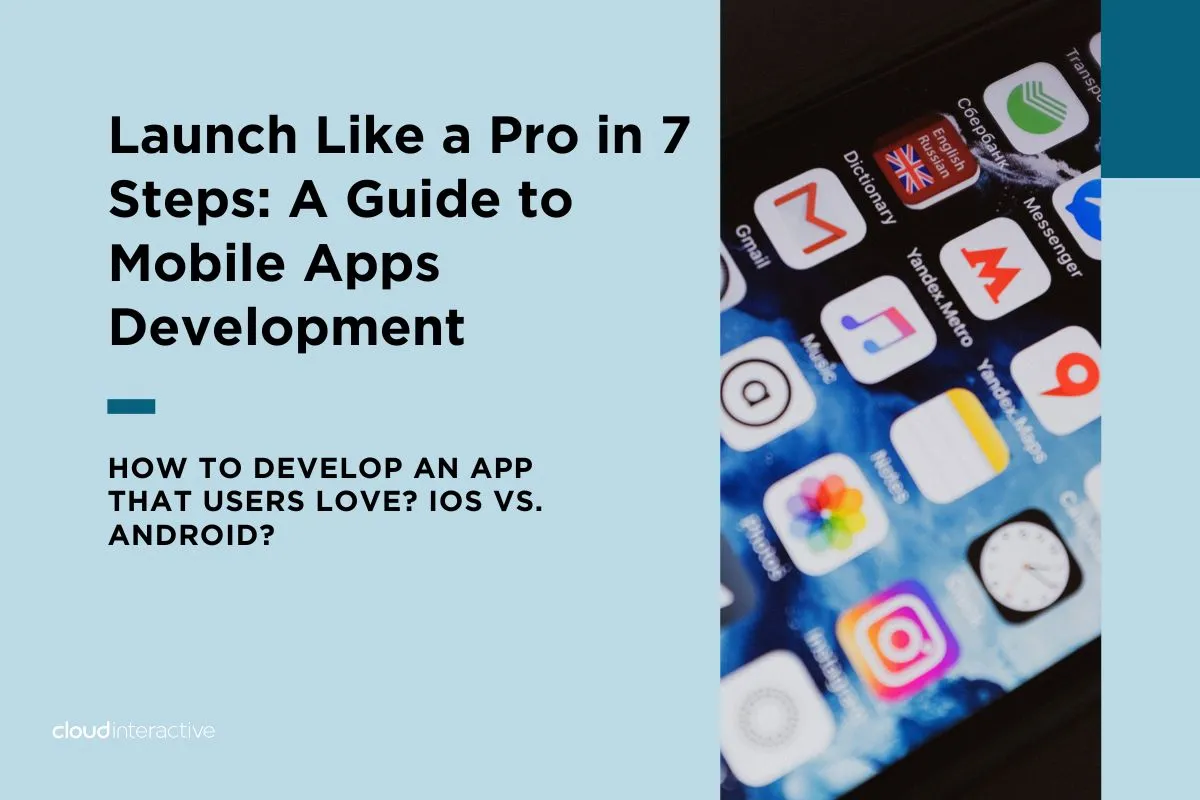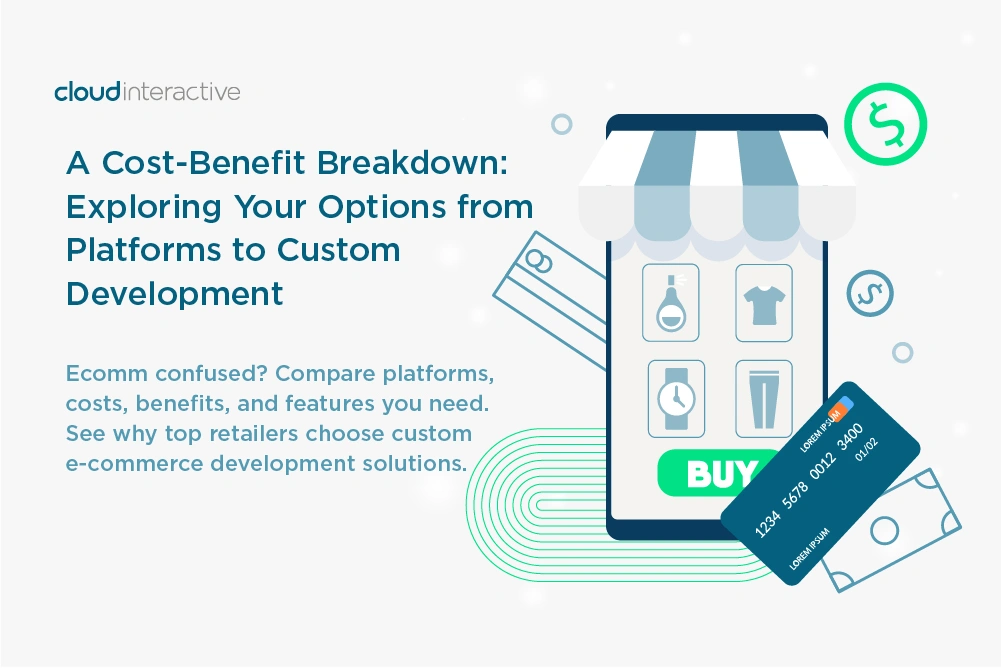
How to Avoid Pitfalls in Software Development Projects?
Why shouldn’t you divide design and development projects between two outsourcing companies?
During an internal meeting, I was asked a question by a colleague from the engineering department:
Colleague: “Did our company create the UI/UX design drafts for this project?”
Me: “No, our client has hired another design company to complete the design and has provided Figma files.”
Colleague: “But when the client wants to browse on both the web and mobile app simultaneously, I
noticed that the Figma files didn’t take into account the feasibility of development.”
I realized the importance of this issue and asked further: “Could you provide some examples to illustrate?”
Colleague: “For example, some features may be suitable for implementation on the web, but there are other features that can only be implemented on the mobile app.”
After an in-depth discussion with the engineers, I concluded: “It seems we need to arrange a meeting with the design company originally hired by the client to clarify their requirements.”
For many businesses venturing into software development, early planning often takes a significant amount of time. There are indeed experienced software UI/UX design companies in the market that can provide a complete design process and services. However, based on my personal observations over the past two years, projects that subcontract software design and development to two separate companies tend to encounter several issues, which I have summarized below:
1. Lack of Coordination between Design and Development Leading to Increased Project Costs or Delays
Designers and developers often have different perspectives. When developers receive a design draft, designers focus on the smoothness of the user experience, while developers consider data flow and program architecture. Engineers may find that certain design details are challenging to implement or may require adjustments. However, typically, by the time the UI/UX design project is completed, client requirements have already been communicated internally within the company. If adjustments are needed due to development-related factors, it requires additional time and cost to coordinate and confirm with various departments, causing project delays.
2. Functionality and Design Mismatch, Missing Important Details
Because each company may describe design drafts differently, the handover process from the design company to the client and then to the development company can lead to “interpretation gaps” in functional specifications. Since the development company was not involved in the entire design process, they may not fully understand the design context and user requirements, resulting in the omission of important details. This can affect the functionality and user experience of the software product.
In my previous product and project development experience, for complex UI/UX screens, engineers often find it challenging to implement features just based on static images. If the designer and engineer are from the same company, the designer can quickly create dynamic flowcharts to align both parties. However, if this issue arises between a design company and a development company, resolving it requires significant additional time for tri-party communication and adjustments.
3. Increased Risk of Project Failure and Resource Overhead
Dividing software design and development may seem like risk mitigation, but as mentioned in the first two points, software development is not a financial investment; it’s a task that requires close collaboration between project management, designers, and developers. Relying on two different vendors to complete a project increases the need for more communication channels, higher communication costs, and synchronization with both sides. If any party encounters problems, it can increase the risk of project failure.
Solution?
So, how can you avoid these three issues?
To avoid these problems, I recommend closely coordinating both UI/UX design and programming aspects of the project from the outset. If the client decides to separate them, ensure that there is ample communication and collaboration between the design and development companies. Establish clear project plans and schedules to ensure the smooth progress and successful delivery of the entire project.
Alternatively, when the project is about to enter the development phase, consider bringing in a preferred software development company in advance, allowing for a 1-2 week overlap between the output of the UI/UX design company and the start of development. This provides an opportunity for the outsourced design and development companies to align and gives internal stakeholders time to review the project content.
Lastly, I recommend that clients consider choosing a one-stop software development company that has both design and development capabilities to ensure coordination and integration between the two. Cloud -Interactive, for instance, has years of experience in integrating design and development for software projects. In terms of design, our teams have extensive experience, from client requirements interviews and user research to experience flow planning, concept design, requirement validation, and usability testing.
We also conduct workshops to achieve internal consensus. What sets us apart from other pure design companies is that during the design process, our engineering and QA teams work closely with designers to identify execution issues early on in the website or app. This proactive approach ensures that the final product aligns with the originally planned user experience.
If you are interested in outsourcing software development, please contact us.
By Cloud Interactive
Meet the masterminds behind the curtain at Cloud Interactive. We're not just software developers - we're also a content crew fuelled by caffeine and a thirst for knowledge. We translate tech jargon into plain English, dissect industry trends, and craft helpful tips that are informative and engaging. So, buckle up and join us on a journey through the ever-evolving and exciting world of technology!


